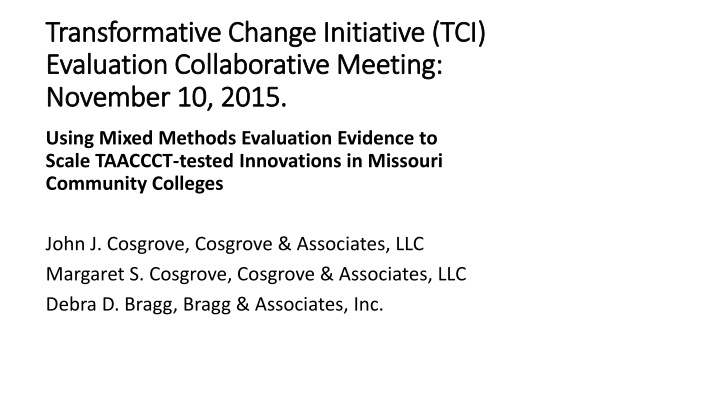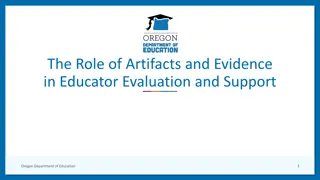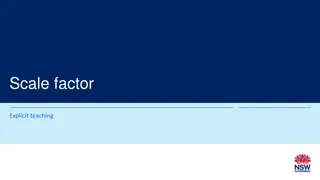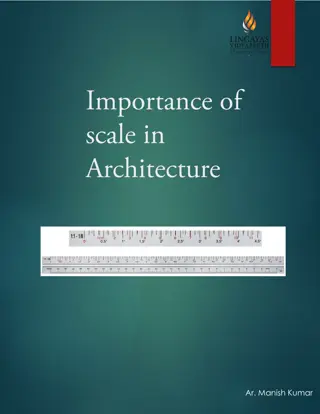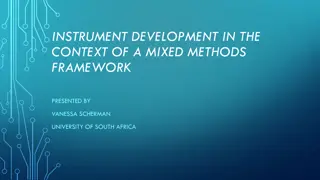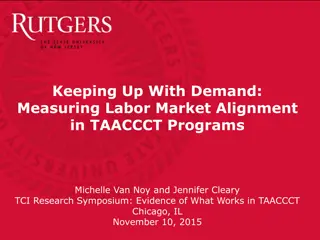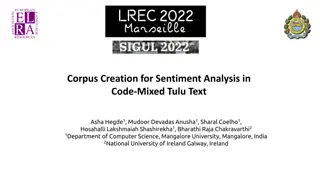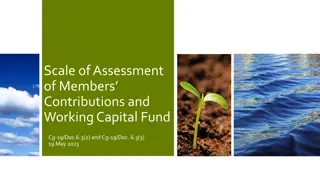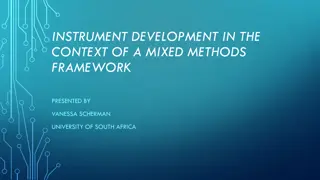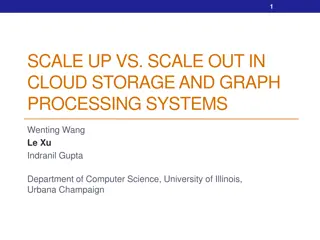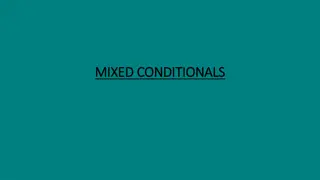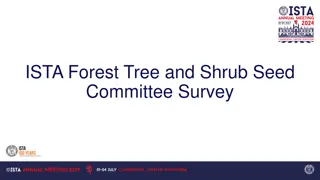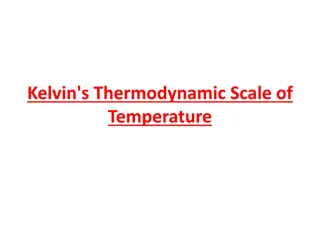Using Mixed Methods Evaluation Evidence to Scale TAACCCT-tested Innovations
Collaborative meeting on the initiative to improve employment outlook and academic success for economically and academically disadvantaged adults in Missouri community colleges. The evaluation focused on access to higher education, program completion, and employment outcomes.
Download Presentation

Please find below an Image/Link to download the presentation.
The content on the website is provided AS IS for your information and personal use only. It may not be sold, licensed, or shared on other websites without obtaining consent from the author.If you encounter any issues during the download, it is possible that the publisher has removed the file from their server.
You are allowed to download the files provided on this website for personal or commercial use, subject to the condition that they are used lawfully. All files are the property of their respective owners.
The content on the website is provided AS IS for your information and personal use only. It may not be sold, licensed, or shared on other websites without obtaining consent from the author.
E N D
Presentation Transcript
Transformative Change Initiative (TCI) Transformative Change Initiative (TCI) Evaluation Collaborative Evaluation Collaborative Meeting: November 10, 2015. November 10, 2015. Meeting: Using Mixed Methods Evaluation Evidence to Scale TAACCCT-tested Innovations in Missouri Community Colleges John J. Cosgrove, Cosgrove & Associates, LLC Margaret S. Cosgrove, Cosgrove & Associates, LLC Debra D. Bragg, Bragg & Associates, Inc.
MoHealthWINs: A Focus On The Adult, Economically and MoHealthWINs: A Focus On The Adult, Economically and Academically Disadvantaged Target Group Academically Disadvantaged Target Group Improve Employment Outlook and Economic Future Academic Success & Program Completion Innovative Programs & Services Access To College
MoHealthWINs Colleges Were MoHealthWINs Colleges Were Up to Up to t the Challenge he Challenge Recruited and provided college access for the target population. Using employer input developed short- term, accelerated programs to meet the needs of economically and academically disadvantaged adults. Provided extensive academic and personal support systems.
Access for Target Population Did the grant increase access to higher education for the target populations?
Access To College For Target Population Access To College For Target Population 4,251 Total Grant Participants 82% Either Under Employed or Unemployed At Initial Enrollment At Initial Enrollment Average Age = 35 42% No Previous College Enrollment 78% Academically Under-Prepared
Program Completion Did participants complete program of study, credentials & credit hours?
Program and Credit Hour Completion 66% Completed A Grant Funded Program of Study Credit Hour Completion to Attempted Ratio = 84%
Employment Did Program completers secure employment?
Program Completer Employment & Wages Program Completer Employment & Wages 80% of All Program Completers Were Employed Upon Program Completion 75% of Program Completers Who Began As Unemployed Were Employed Upon Program Completion Average Annual Wage For Program Completers Who Started As Unemployed and Secured Employment Upon Program Completion = $23,050
The MHW Grand Experiment: What Did The Colleges Do? What Did The Colleges Learn? What Holds Promise For Scaling? CTE Program Development Using Career Pathways Built Upon Industry-Recognized Stackable Credentials The Intentional & Proactive Instructional Student Support Intervention Strategies Experiment Design of Development Education Strategies & Instructional Modalities
Scaling Through The Use of Networked Improvement Communities Asset Mapping to Reveal: Learning at the Local Level (Level A) Expand Learning Within Institutions (Level B) Scaling Across Institutions (Level C) Schema for social learning (adapted from Bryk, Gomez, Grunow, and LeMahieu, Learning to Improve
